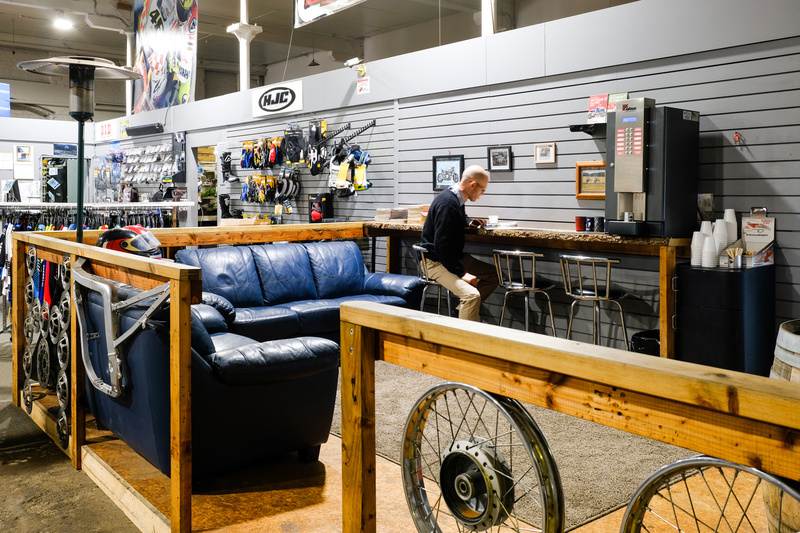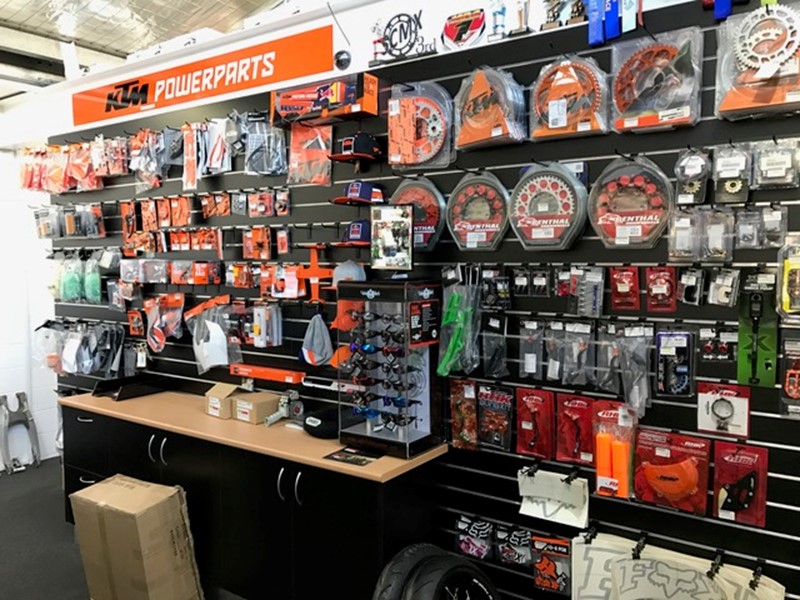Check Out the most recent Motocross Gear NZ for every single Degree of Rider
Check Out the most recent Motocross Gear NZ for every single Degree of Rider
Blog Article
Mastering Bike Gears: Exactly How to Optimize Your Riding Experience
In the realm of motorcycling, grasping the art of gear adjustment is essential for boosting your riding performance. Appropriately recognizing and making use of motorbike equipments can dramatically affect fuel, control, and acceleration effectiveness, transforming a typical experience right into a smooth, thrilling trip.
Comprehending Equipment Mechanics
Just how do the details of equipment auto mechanics influence bike performance? At the core of motorcycle characteristics, equipment auto mechanics play an essential function in converting engine power right into motion, eventually determining rate and control. Gears, thoroughly crafted parts, allow bikers to enhance torque and rate, making certain a smooth change through different surfaces and speeds. The gear proportions, meticulously created, determine the partnership in between engine revolutions and wheel turns, impacting acceleration and gas efficiency.
Understanding equipment mechanics starts with recognizing the relevance of the gearbox, which houses several equipments of varying sizes. These gears engage via a process called meshing, where teeth of different gears involve to transmit power. The precision of this interaction is crucial; any type of imbalance or damage can result in ineffective power transfer, preventing performance. Furthermore, the setup and size of equipments affect the motorcycle's capability to manage various loads and speeds.
Moreover, the principle of equipment changing is integral to taking full advantage of efficiency. Prompt and smooth changes make certain that the engine runs within its optimum power band, avoiding unnecessary stress and boosting longevity (motocross gear). By understanding these mechanical ins and outs, motorcyclists can accomplish an unified blend of power, effectiveness, and control, raising their riding experience
Timing Your Shifts
Shift timing mastery is essential for maximizing motorcycle efficiency and enhancing the riding experience. Correctly timed shifts ensure that the engine runs within its ideal power band, which is important for preserving control, achieving smooth acceleration, and ensuring the durability of the motorcycle. Riders need to establish an user-friendly sense of when to shift equipments, which includes comprehending the relationship in between engine transformations per minute (RPM) and rate.
To master shift timing, pay very close attention to the engine's audio and really feel, as these offer vital ideas about when to transform gears. When the engine comes close to the upper range of its power band without reaching the redline, the perfect change factor generally takes place - motorcycle shop. Shifting as well early can lead to an absence of power, while changing too late might cause unneeded engine pressure
In addition, road problems and riding style impact shift timing. As an example, in metropolitan setups, smoother and a lot more constant shifts might be needed to navigate website traffic effectively. On the other hand, throughout highway riding, fewer shifts at greater speeds can be much more ideal. Exercising in diverse settings will enhance your ability to time changes specifically, inevitably elevating your riding experience to an expert degree.
Enhancing Gas Efficiency
While mastering motorcycle equipments is crucial for performance, boosting fuel effectiveness is similarly vital for both financial and ecological reasons. Ideal fuel usage not just minimizes functional expenses however additionally minimizes the eco-friendly footprint of riding. To achieve this, one need to recognize the complex connection in between gear option and engine performance.
To start with, choosing the appropriate equipment at appropriate rates can significantly impact gas usage. Riding in a greater equipment at lower rates can cause engine hauling, which is damaging to both gas economic situation and engine wellness. Conversely, riding in lower equipments at broadband leads to unneeded gas usage. Therefore, maintaining an optimum equilibrium by changing equipments abreast with roadway conditions and anticipated maneuvers is essential.
Furthermore, normal upkeep plays an essential duty in gas performance. Making sure that the motorcycle is well-tuned, with tidy air filters and correctly inflated tires, can enhance the rules of aerodynamics and minimize gas wastefulness. Embracing a riding design that embraces progressive velocity and smooth slowdown can contribute to better fuel economic climate.

Strategies for Smooth Transitions
Accomplishing smooth gear transitions is essential to boosting the riding experience and making sure the longevity of a bike's transmission system. Correct equipment changing not only adds to a seamless ride however additionally decreases deterioration on the mechanical parts. To master the art of smooth shifts, bikers must focus on a couple of vital methods.

Secondly, clutch control plays a pivotal role. Engaging and disengaging the clutch efficiently calls for practice. The clutch bar need to be launched slowly, permitting a smooth transfer of power from the engine to the wheels without triggering a shock or abrupt motion.

Adapting to Roadway Conditions
Browsing varied roadway problems is an essential ability for any kind of motorcyclist intending to keep control and safety and security. Whether you're riding on damp surfaces, gravel roadways, or browsing sharp turns, your ability to adjust your gear usage and riding strategy is paramount. Recognizing exactly how to change your gears appropriately can substantially influence grip and stability, guaranteeing a safer trip.
In comparison, when riding have a peek at this website on gravel or uneven surface, lower gears are preferable. Reduced equipments supply better control and allow you to respond even more quickly to unanticipated changes in the road surface.
Sharp contours require exact gear monitoring to balance speed and control. Downshifting before entering a curve can help maintain momentum while making sure the motorcycle stays secure throughout the turn. Constant practice in varied problems boosts your ability to respond and predict to modifications in road appearance and slope.
Final Thought
Grasping bike gears significantly boosts the riding experience by improving control, gas, and acceleration effectiveness. Adjusting equipment option to numerous road conditions, over at this website such as using greater equipments on damp surfaces and reduced equipments on gravel, further boosts handling and security.
Comprehending equipment auto mechanics starts with recognizing the value of the gearbox, which houses several equipments of differing dimensions. These equipments interact with a process understood as meshing, where teeth of different equipments involve to transfer power (motocross parts nz). Mild modifications to the throttle throughout gear changes can protect against jerky movements and preserve a consistent riding pace
Whether you're riding on damp surface areas, gravel roadways, or navigating sharp turns, your ability to adapt your gear usage and riding technique is paramount. Adjusting equipment selection to various roadway conditions, motorcycle helmet lock such as utilizing greater gears on wet surface areas and reduced gears on gravel, more enhances handling and safety.
Report this page